Join Our Newsletter
Enter your email to get our latest updates

- This event has passed.
MOODY BLUE CRABS BY SELVA OZELLI FOR HAVRE DE GRACE MARITIME MUSEUM
June 8, 2024 @ 9:00 am - December 31, 2024 @ 5:00 pm
The Havre de Grace Maritime Museum, Inc. is situated where the Susquehanna River meets the Chesapeake Bay. The Chesapeake Bay is the largest estuary in the US and a National Treasure. Its 64,000-square-mile watershed encompasses one of the most economically significant regions of the United States. It is protected by the landmark Chesapeake Bay Watershed Agreement (adopted in 2014, amended in 2020) that calls for, among other things, conservation and restoration of the treasured water, sea, and landscapes with participation from six states – New York, (where I was born and I am from) Pennsylvania, West Virginia, Maryland, Delaware, Virginia, and the District of Columbia.
In the 1970s, the Chesapeake Bay was found to contain one of the planet’s first identified marine dead zones, where waters were so depleted of oxygen that they were unable to support life, resulting in massive fish kills. In 2010 the bay’s dead zones were estimated to kill 75,000 tons of bottom-dwelling clams and worms each year, weakening the base of the estuary’s food chain and robbing the blue crab in particular of a primary food source.
The blue crab is one of the more resilient Chesapeake Bay species, but it faces constant challenges to survive: predators, dead zones of low oxygen and other challenges. Blue crabs are sometimes observed to amass on shore to escape pockets of oxygen-poor water, a behavior known as a “crab jubilee”.
“I am launching my “Moody Blue Crab” series for Havre de Grace Maritime Museum on World Oceans Day 2024” said Selva Ozelli.
Ms. Ozelli is an ambassador to Oceanic Global and a member of Climate Heritage Network.
